Hemp
Hemp and coal house: the alchemy of mortars
Published
2 years agoem
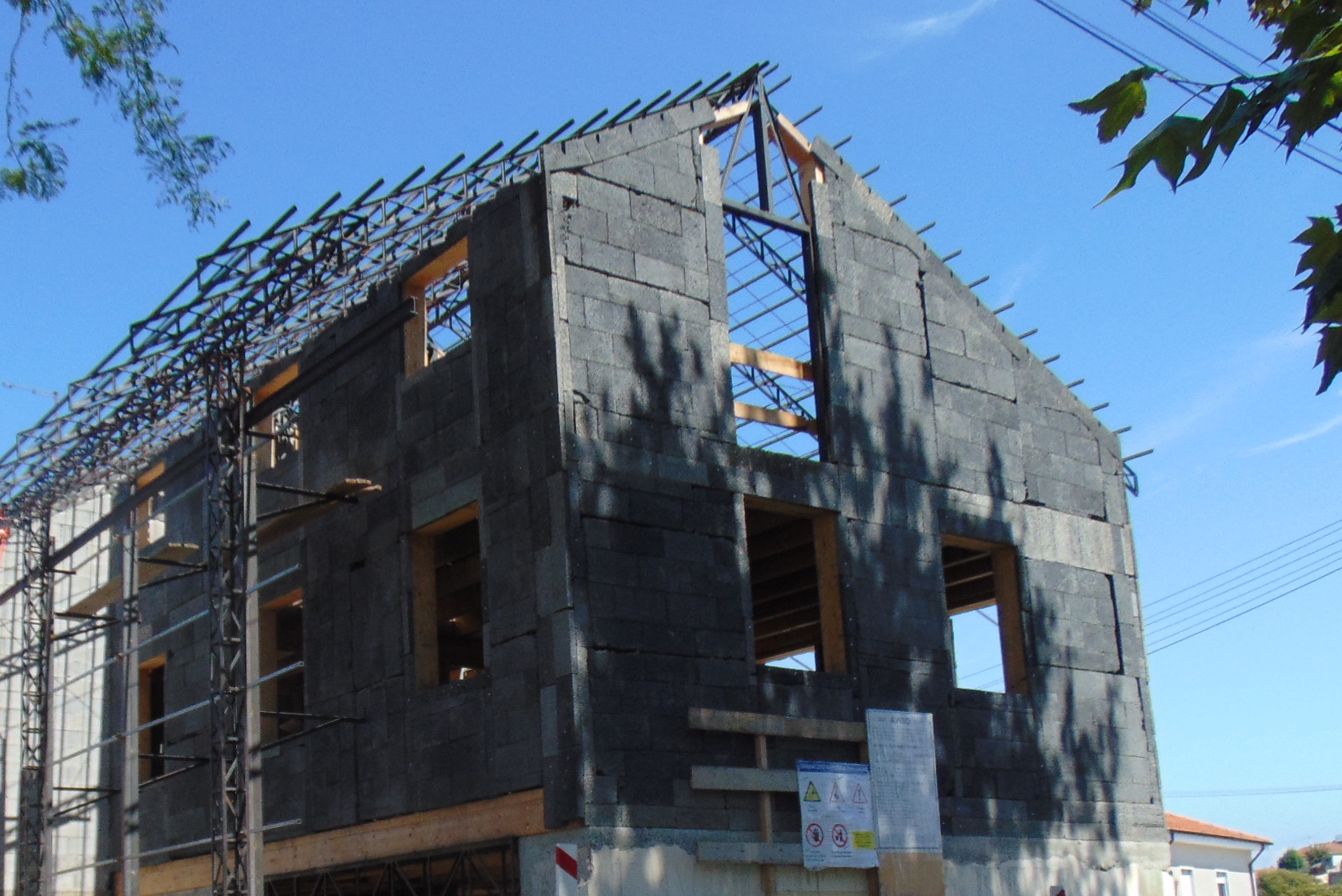
Oficina de Arquitectura Pedrez, based in Porto, was created in 2020 by Matilde Cabral and Francisco Adão da Fonseca and was born from the couple's decision to work together, combining Matilde's textile knowledge with Francisco's architectural visions.
In the work presented here, the reconstruction of a single-family house, on a hillside overlooking the Douro River, hemp straw combines with the concept of burnt wood, from Japan, with the notion of the different reactions of each material in terms of PH , the logic of multilayers and the Co2 retention capacity and positive ecological footprint of this natural fiber.
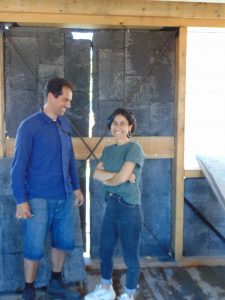
Francisco Adão da Fonseca and Matilde Cabral at the hemp and charcoal house in Porto
All this is known in a conversation inside Pedrez's warehouse / laboratory / atelier, a multifaceted space, where mixtures of knowledge invite the dream of new solutions in architecture and life, question and above all produce solutions, materialized in innovative projects at the International. But, in essence, they only recover old solutions, such as “Roman cement”, which owes its millenary strength and durability to the use of aerial and non-hydraulic lime, as in “Francisco's recipes”.
After discovering everything in the warehouse, from multiple mortar recipes, to machines built to manufacture three hemp bricks at a time, to another to destroy leftovers and reuse them, we set out on foot to visit the work. , with the feeling that after the passionate and knowledgeable explanation of this architect, all this is the “new normal” in construction, or so it should be.
What is the program of this work, Francisco?
This work is a house, in the center of Porto, with all the characteristics of an urban dwelling, in which we reuse a work of art that was built at the José de Guimarães International Arts Center (CIAJG). We reuse this sculpture, a massive sculpture, several walls measuring tens of m2 in this mixture of hemp concrete with charcoal, we reuse it in a house, in what, we now see, a posteriori, is an authentic prefabrication part.
So, did you take a massive wall, cut it into blocks and fill in the needs of the work?
Precisely that. There was a wall, we cut it and now we rebuilt that “Lego” in a new construction.
In relation to eco-construction, why the use of hempcrete as a building material?
O hempcrete it is the most capable material I have ever come into contact with. I have experience in various types of construction, in various so-called sustainable construction systems and I have never come into contact with anything as complete as hemp concrete. It is the only building material/system (because it then implies a certain construction system) that allows us to make 25 cm walls that comply with thermal, acoustics, fire regulations and with which, to a certain extent, we were also able to meet the requirements of a facade material and aesthetic requirements for finishing the interior of the walls, so there is no other building material as capable, in terms of construction, as this one. This is not to mention the indirect characteristics of the life cycle of the material, which bring us agricultural benefits, employability, capacity for restructuring soils that are exhausted, desertified, so to speak. So I think it's material that, if we talk about its potential, would give here another four-page article alone!
In addition to this incredible array of uses or characteristics, you decided to add charcoal as one more component of this mortar. Why?
Burnt, charred wood is historically used as a wood protection measure on the exterior of buildings. It is a technique usually attributed to the Japanese, called sugiban, which we wanted to adapt for hemp construction, by inserting charcoal into the mixture and/or burning the hemp straw itself, so that, outdoors, it is not necessary to give the material any type of treatment.
It is a final product, then, with an exterior finish…
It remains a final facade material, exactly.
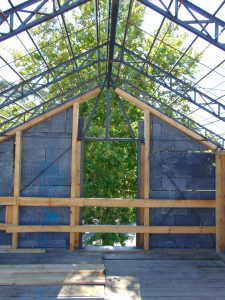 What role, in the world of construction and in the decarbonization of society, namely in construction (which has a great environmental impact, as we know) that these mortars can, and should, play?
What role, in the world of construction and in the decarbonization of society, namely in construction (which has a great environmental impact, as we know) that these mortars can, and should, play?
The construction that is based on or that integrates plant fibers, in general, is a sustainable construction. When I say vegetable fibers, I obviously mean wood, wicker, hemp. They are usually sustainable because, right from the start, we are talking about a more positive carbon footprint, a lighter construction, a recyclable construction and a constructive system too, all of it, with sustainable characteristics. When you build, you don't build with a single material, you build with families of materials, and when we use hemp, we're usually aiming for a family that is all sustainable and that's where the main benefit lies.
What are the advantages and disadvantages of using hemp compared to conventional construction, in general terms, and specifically in terms of price and construction speed?
Starting with the disadvantages, I would say that is a material that has not yet been properly implemented, therefore, it is not industrialized in the same way as traditional materials, which naturally has negative implications, such as the lack of knowledge that design technicians may have about the material (which makes it difficult to project work), lack of knowledge and experience or lack of supply of labour, suppliers, applicators for the material (which also inflates prices, makes schedules difficult, etc.). It is a material that suffers in terms of the value practiced in the market, as it is still in an immature stage of development, at least in terms of its dissemination in the market. Hemp has the disadvantages that are natural to wood (each material has weaknesses and benefits, or advantages, or virtues), which is a certain fragility and, in climates prone to this (hot and humid), to the spread and growth of fungi, as is the case in Portugal, for example, with high humidity and average annual temperature, temperate, which makes the material suffer. For example, in Holland or Belgium, which are also humid countries, but with a lower temperature, hemp does not need to be coated on the facade; in Portugal it is highly advisable that it be coated with some type of plaster or covering, because of the high temperature and not so much because of the humidity issue. Basically, it's a combination of these two factors. Then, at this stage, we still have some issues here that have precisely to do with this lack of maturity, of development and implementation of material, which is the lack of homogeneity of supply. For example, ceramic bricks are made of clay and no two clays are the same, but there is already a culture, a knowledge, a tradition that makes anyone interested in opening a ceramics industry confident in knowing that they can mix different types of clay to give you a quality brick. Hemp is the same; the plants are all different, the varieties are different, the terrains are different and there is still a lack of knowledge about all this multiplicity of variables, which allow an entrepreneur to easily reach a good or excellent product, so this implies a lot more a process of experimentation, of trial and error, than properly laboratory tests and scientific investigation hardcore. This is a disadvantage that, deep down, is part of this lack of maturity in the market.
 And the perks, that I so long to hear?
And the perks, that I so long to hear?
We have a series of advantages, many of them in potential, that could really come to have an expression on a large scale, but that, for now, only have expression in small works that are pioneering and that are, in short, experimental. A very clear advantage of hemp is its lightness.; is a material that fits within what light materials are and is masonry (because it is masonry, it is concrete, which is concreted, it is part of the masonry family), it is the lightest masonry there is, that is, a wall made of cement, cement mass, concrete, aggregates and steel, a wall made of stone, a wall made of hollow ceramic brick, of lightweight cement bricks, are all significantly heavier than a hemp masonry. This then translates into the lightness of the building, material savings, logistical ease, because the materials have to be lifted, they have to be lifted on top of the buildings, they have to be transported inside the buildings, then they have to be reorganized. before the disposal is made… All this logistics is much simpler. It has the advantage of being a material that is 100% reusable with enormous ease, that is, hemp waste can be collected, crushed again and reused. There is no waste and it has the advantage of being the only building material (these seem like too many coincidences, it is necessary to say this in the article; we have to be open to a situation that is an extreme situation, because it is not normal to have materials with so many particularities and it even looks like a person is inventing or embellishing a story, when in fact, they are facts!) that complies with the major building regulations at 25cm thick, with thermal, acoustics, fire and, according to the developments that Pedrês has done, we are very close to achieving it, or we can even say that we have already achieved it, that the material has the resistance it needs to have on the outside, to external, climatic and mechanical factors and that it has an aesthetic presentation, a texture that makes it acceptable, interesting as a finishing material in interiors. In other words, we are talking about a material that responds in all spectrums in a fantastic way, because, in addition to everything, it is a lightweight material, which has an absolutely unbeatable carbon footprint and which is 100% reusable, therefore there is no waste of work. Its manufacturing process (this is also a very significant advantage) consumes very little energy and has little or no industrial effluent. Materials that do not produce industrial effluents are very rare, be they chemical, coming from dust, sawmills, milling… The only thing that makes is dust and it is a very harmless dust. Therefore, for the worker, whether in a production phase or in an application and execution phase, or a worker in a demolition phase already in a more advanced life cycle, it is a very interesting material, very friendly to work with... The advantages are numerous. .
And what has it been like to apply these principles in the works you have developed?
The disadvantages are enough to disable and block the evolution of this material on the market. It takes a lot of will. Despite all these benefits, the disadvantages are still quite impeding, because, without education, training, transmission of knowledge, it is impossible for the material to succeed and become an option. mainstream. All this in order not to touch on the agricultural aspects, which are immensely sensitive and difficult to circumvent and overcome, and which also, in essence, end up preventing the development of this technology.
For a future client and owner, what are the values per square meter that you can expect when choosing this constructive typology?
Regarding the values per m2, without the scalability, without volume, in a handmade perspective, which is what we have done at Pedrês, the material is slightly above market values. A “turnkey” façade wall costs €110/m2, a finished wall costs €120/m2, while in current construction (we have to compare things of more or less the same quality… of a garage with the wall of a house, nor the wall of a house with the wall of a hospital), obviously you can build a facade wall at 40€/m2, but we are talking here about walls that have a quality maximum, they are walls that breathe in their entirety, they are walls where there is no possibility of internal condensation. Internal condensation is something that happens repeatedly and that in this type of construction does not exist, because the wall is massive, there are no cavities, there are no voids and, therefore, there are no contrasts of materials with each other. We are talking about a wall of the highest quality that you can have and obviously, if we compare it with the current construction, it will not go for 100€, but it will be close to what can be achieved with a current wall plastered with a breathable plaster, with a ceramic brick, with a capoto system, made of ETICS (styrofoam) and then the series of glues that come before and after these styrofoams and the plaster on top… always cheaper, not considering the weight it has on the building. It's a wall that's going to weigh more on the structure of the building, and if we start to bring those values into the equation, maybe hemp actually starts to be cheaper than a, shall we say, heavy, traditional building.
And finally, a fact that a customer always fears when deciding to build or rebuild, what is the construction speed?
The concreting of hemp concrete is extremely fast, because the formwork does not have to rest with the material. Therefore, concreting is carried out and the formwork is immediately moved to the next slice of concreting. This brings great speed to the work and, in fact, in terms of construction speed, we have a disadvantage here, which is that hemp concrete needs a substructure, a lighter structure hidden inside the walls, which brings some particularities in the logistics of the work.
What will your next project be?
Pedrez's next project will be to put hemp on wheels, on top of TIR truck trailers! Maybe in the December edition of Cannadouro Magazine you can already know this project.
_________________________________________________________________
Interview by João Carvalho, originally published in issue #3 of Cannadouro Magazine
____________________________________________________________________________________________________
[Disclaimer: Please note that this text was originally written in Portuguese and is translated into English and other languages using an automatic translator. Some words may differ from the original and typos or errors may occur in other languages.]____________________________________________________________________________________________________

What do you do with €3 a month? Become one of our Patrons! If you believe that independent cannabis journalism is necessary, subscribe to one of the levels of our Patreon account and you will have access to unique gifts and exclusive content. If there are many of us, we can make a difference with little!
Related News
-
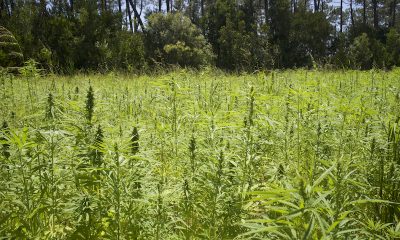

Industrial hemp producers demand answers from the Government
-


DGAV says it has “pretty solid scientific and technical knowledge” about hemp
-


APCANNA promotes session on veterinary medicine
-


João Gama launches the book “Regular e Proteger: for a new drug policy”
-


Cannadouro: 4th edition of the International Hemp Fair starts next Saturday
-


Akanda signs letter of intent to sell RPK Biopharma to Somaí. “It will be one of the few vertical cannabis companies in the EU”, says Michael Sassano

Mais recentes


Álvaro Covões, who acquired land from Clever Leaves, says he has “no interest in growing cannabis”
At the beginning of April, we reported that Álvaro Covões, founder and CEO of 'Everything is New', had purchased the land where he was located...


Portugal's regulatory advantage in the cannabis industry
In the dynamic landscape of European cannabis cultivation, Portugal has emerged as an interim leader. Although it shares many natural advantages with...


ICBC Berlin shines again. It's the beginning of a new era for the cannabis industry in Germany
ICBC Berlin was the first major international cannabis conference to take place after the legalization of adult use in...


USA: Mike Tyson products recalled for mold contamination
California authorities have issued a mandatory recall notice for two products from Mike Tyson's cannabis brand,...
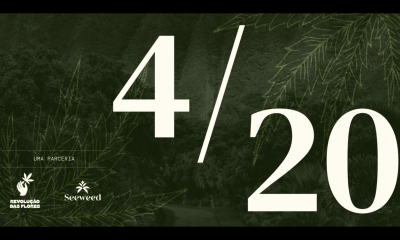

4:20 is coming and there are celebrations in Porto and Lisbon
The date for celebrating cannabis culture is approaching! This Saturday, April 20th, is the day when...


Paul Bergholts, alleged leader of Juicy Fields, detained in the Dominican Republic
Paul Bergholts, the alleged leader of the Juicy Fields pyramid scheme, has been detained in the Dominican Republic and will be subjected to...


Cannabinoids reveal promising results in the treatment of Borderline Personality Disorder
An investigation carried out by Khiron LifeSciences and coordinated by Guillermo Moreno Sanz suggests that medicines based on...
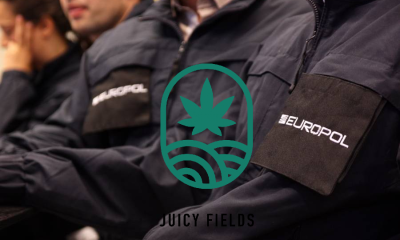

Juicy Fields case: 9 detained by Europol and Eurojustice. Scam exceeds 645 million euros
A joint investigation conducted by several European authorities, supported by Europol and Eurojust, culminated in the arrest of nine suspects...


Regular cannabis users may require more anesthesia during medical procedures
Regular cannabis users may require more anesthesia during medical procedures to remain sedated compared to...


The future of CBD in Japan: How legal reforms will shape the market
Late last year, Japan took a big step towards cannabis reform after approving...






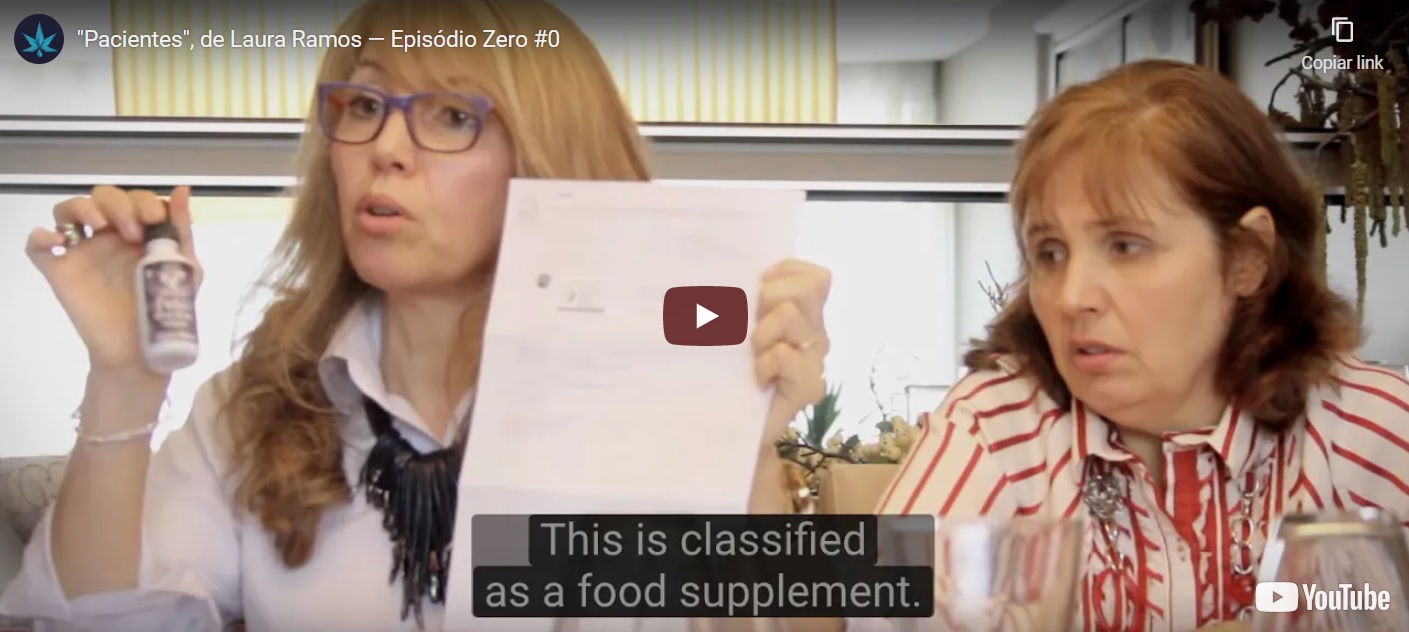
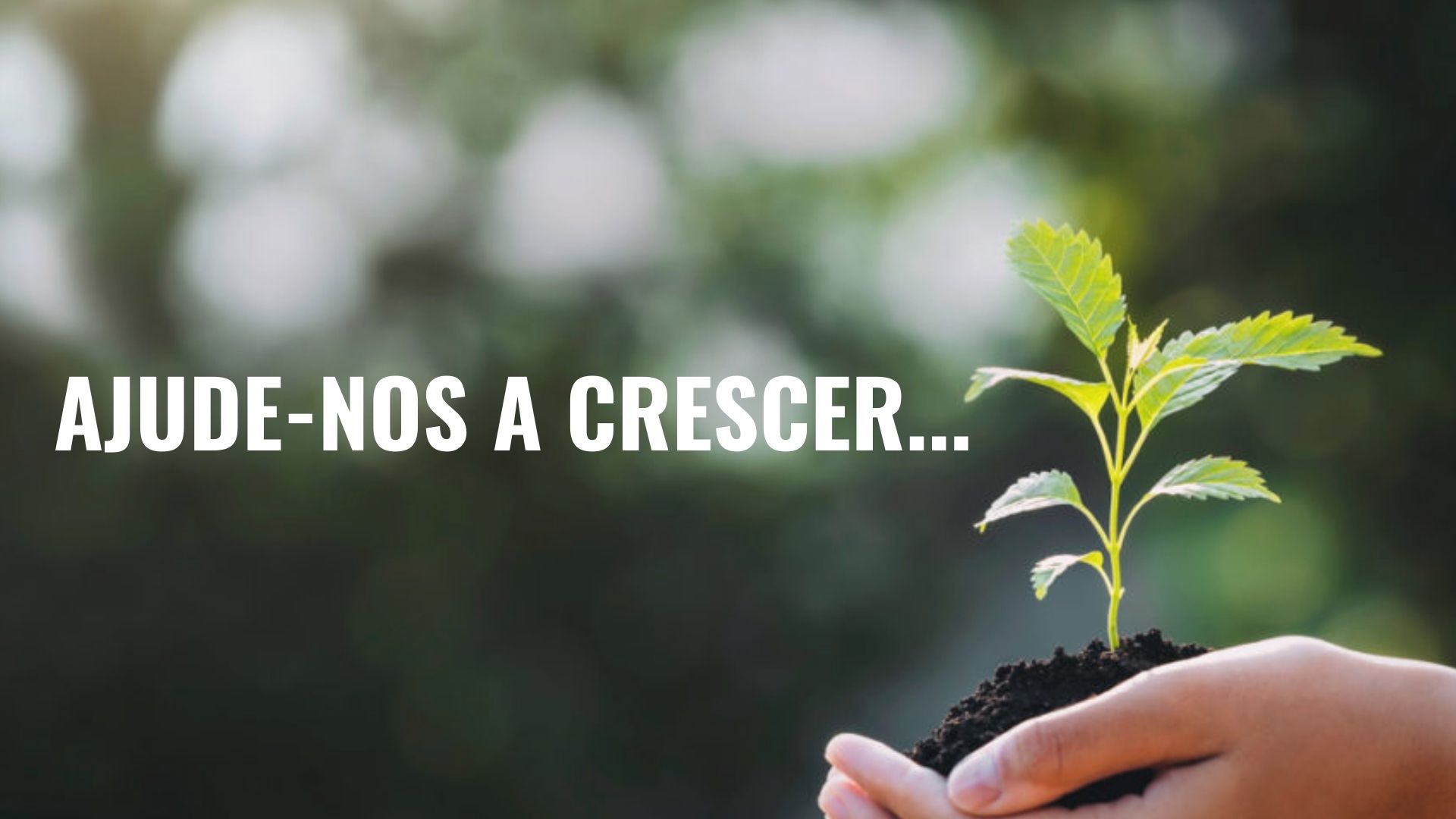
Where is this house located?
It's in Porto, Portugal!